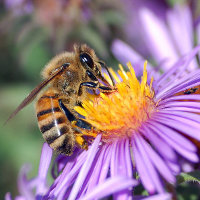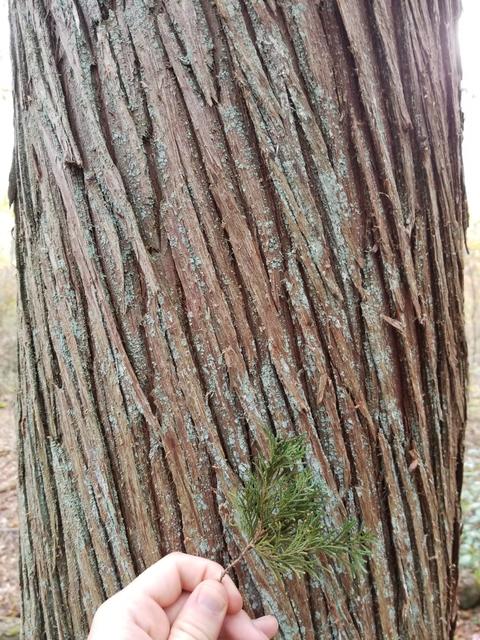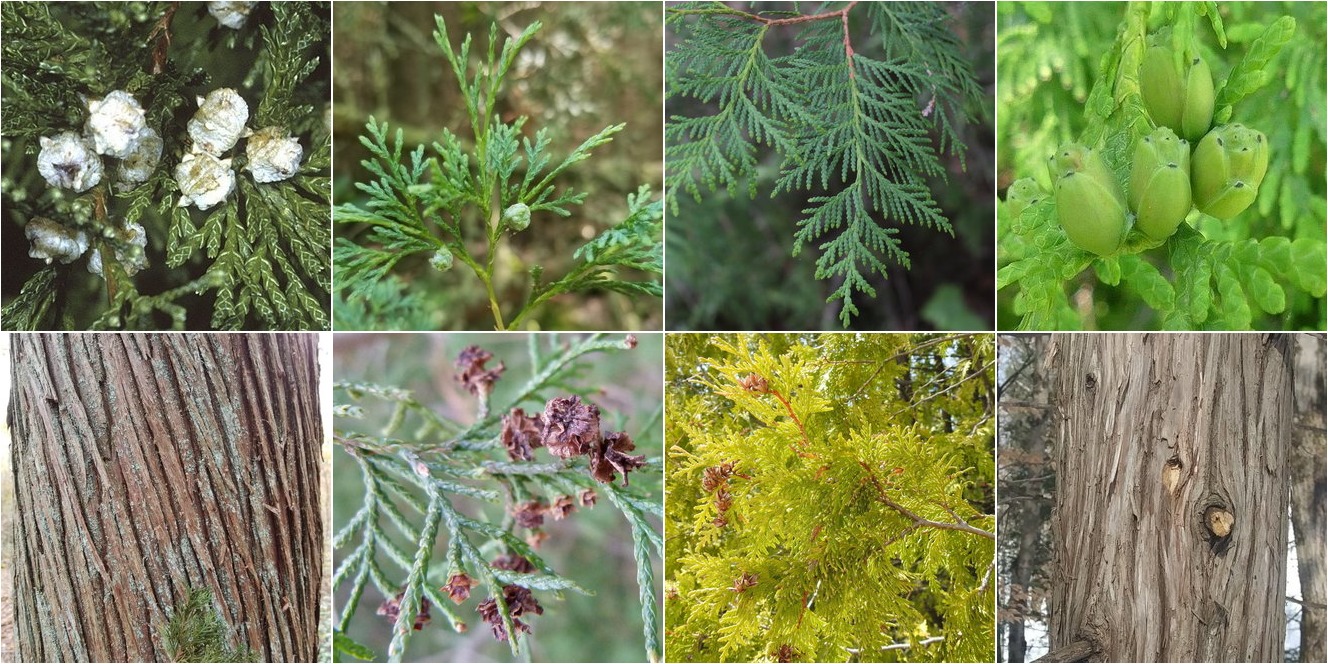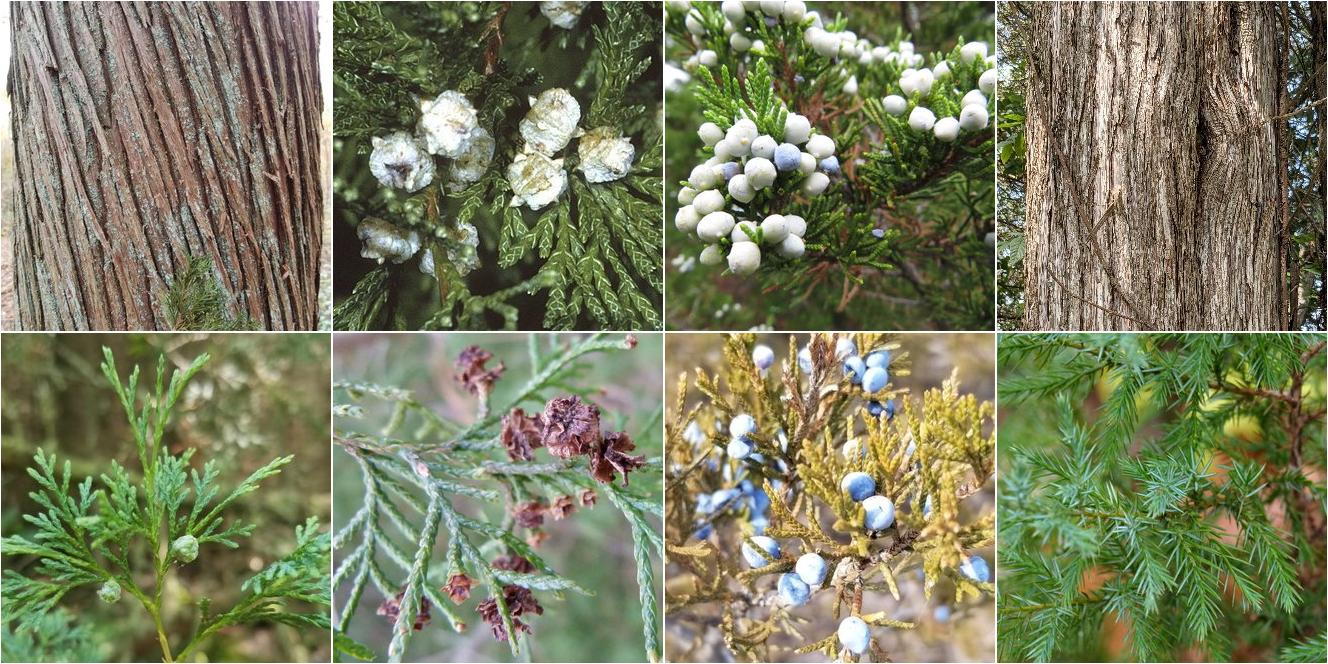Atlantic White Cedar (Chamaecyparis thyoides) vs. Northern White-Cedar (Thuja occidentalis)
Updated February 20th, 2024These two species only overlap in the wild in a small part of New England, but both are widely planted in landscaping. Both have scale-like foliage and seed cones releasing wind-dispersed seeds. They can be told apart by their foliage arrangement, density, and color, seed cones, and shape. Some trees can be distinguished by bark. Both prefer moist conditions, but Atlantic white cedar is more restricted to wetlands. The two species have no overlap in soil pH, with Atlantic white cedar limited to sites with acidic soils (pH <5.5), whereas Northern White Cedar is most likely on more calcium-rich soils (pH > 5.5.)





